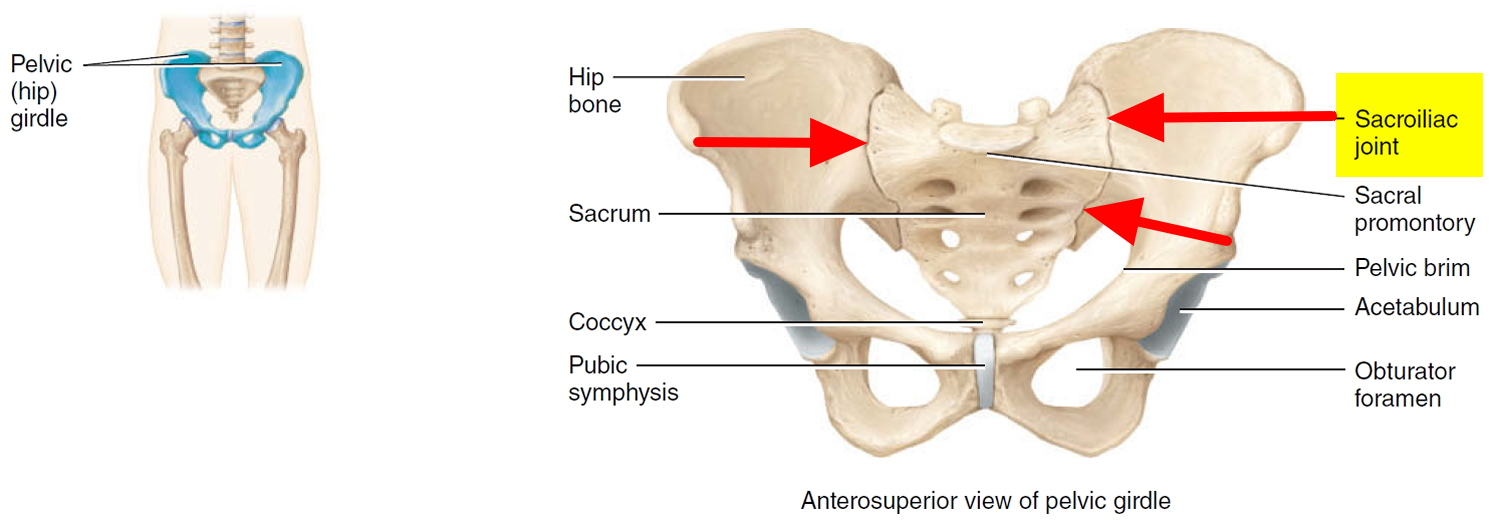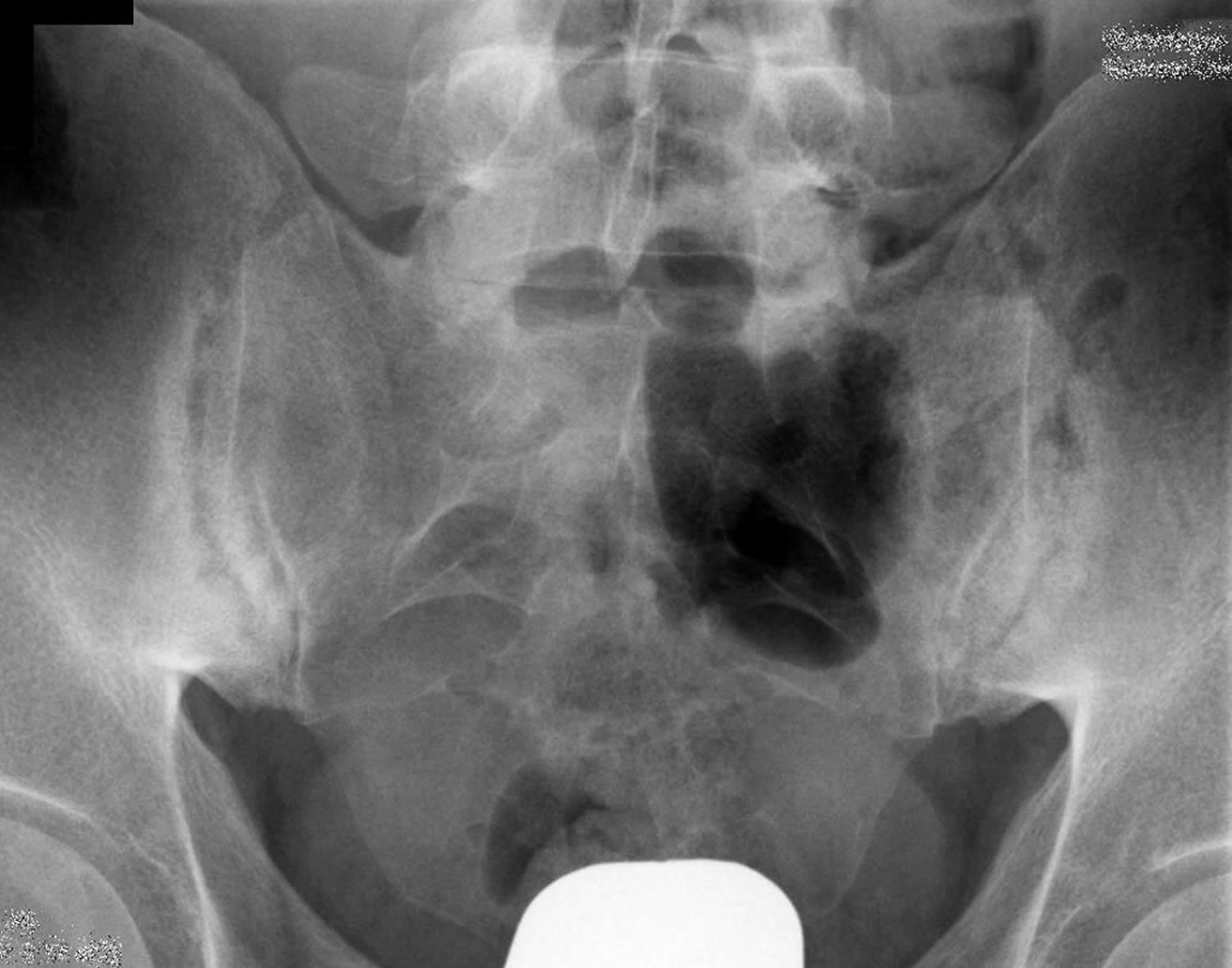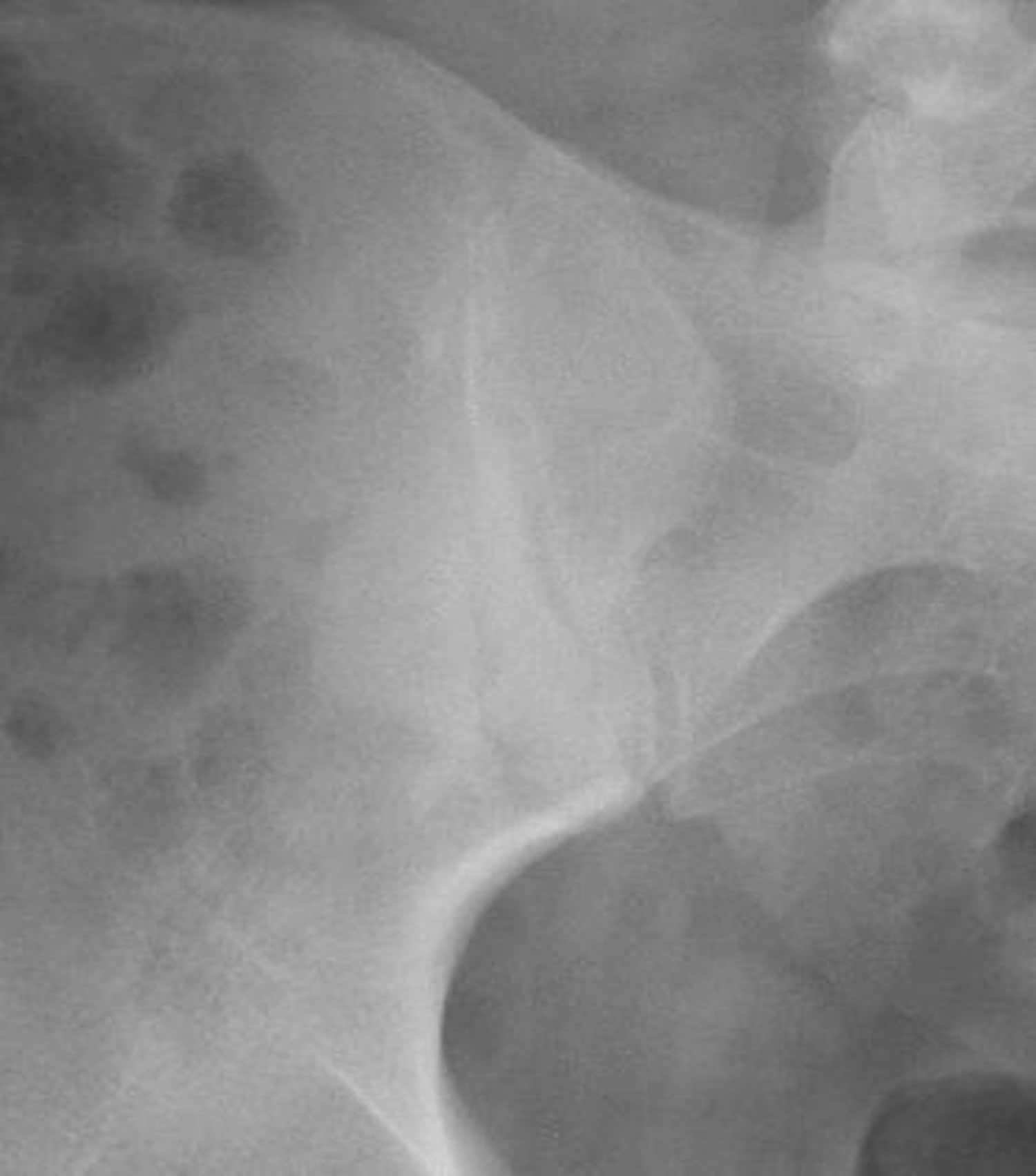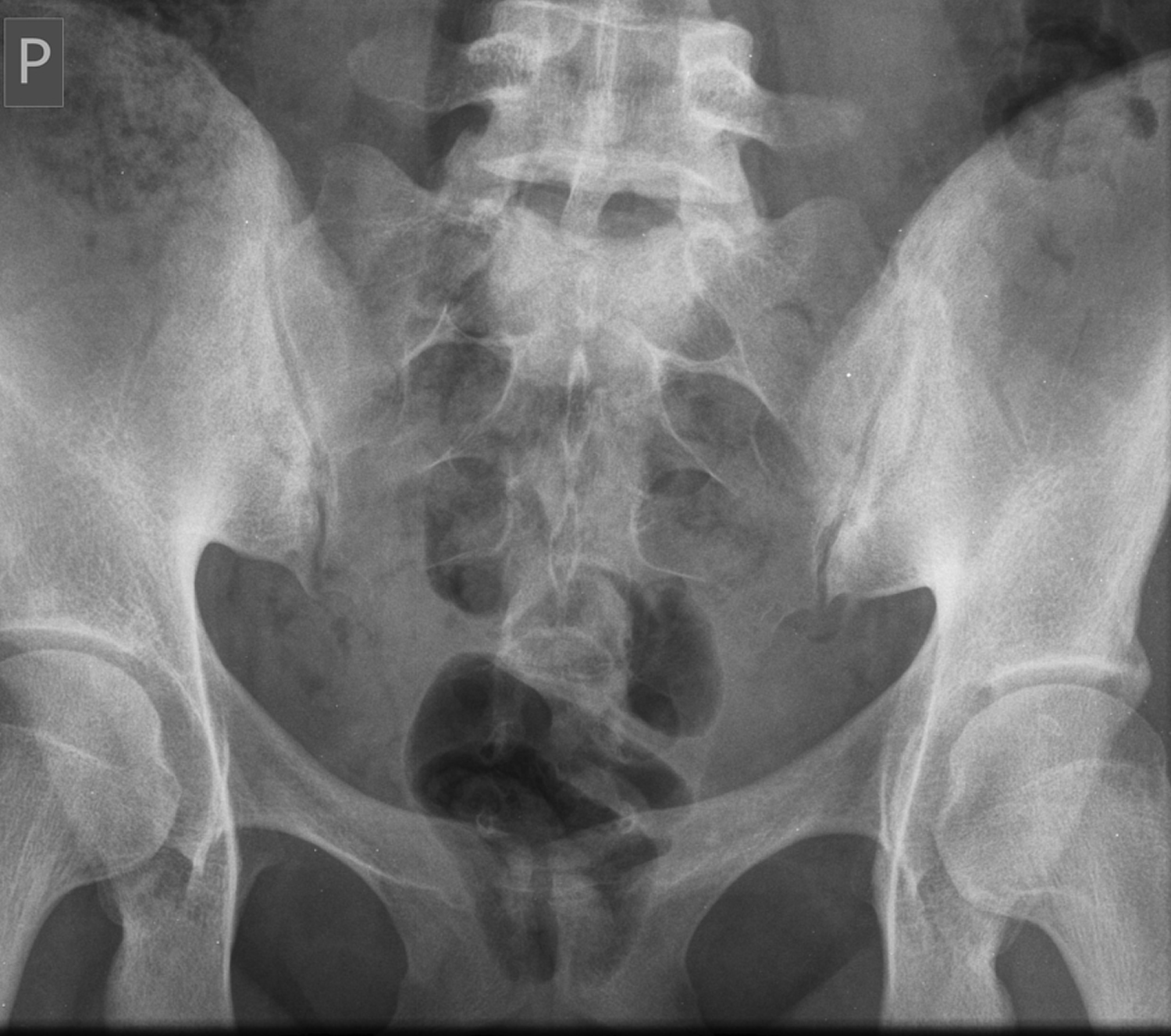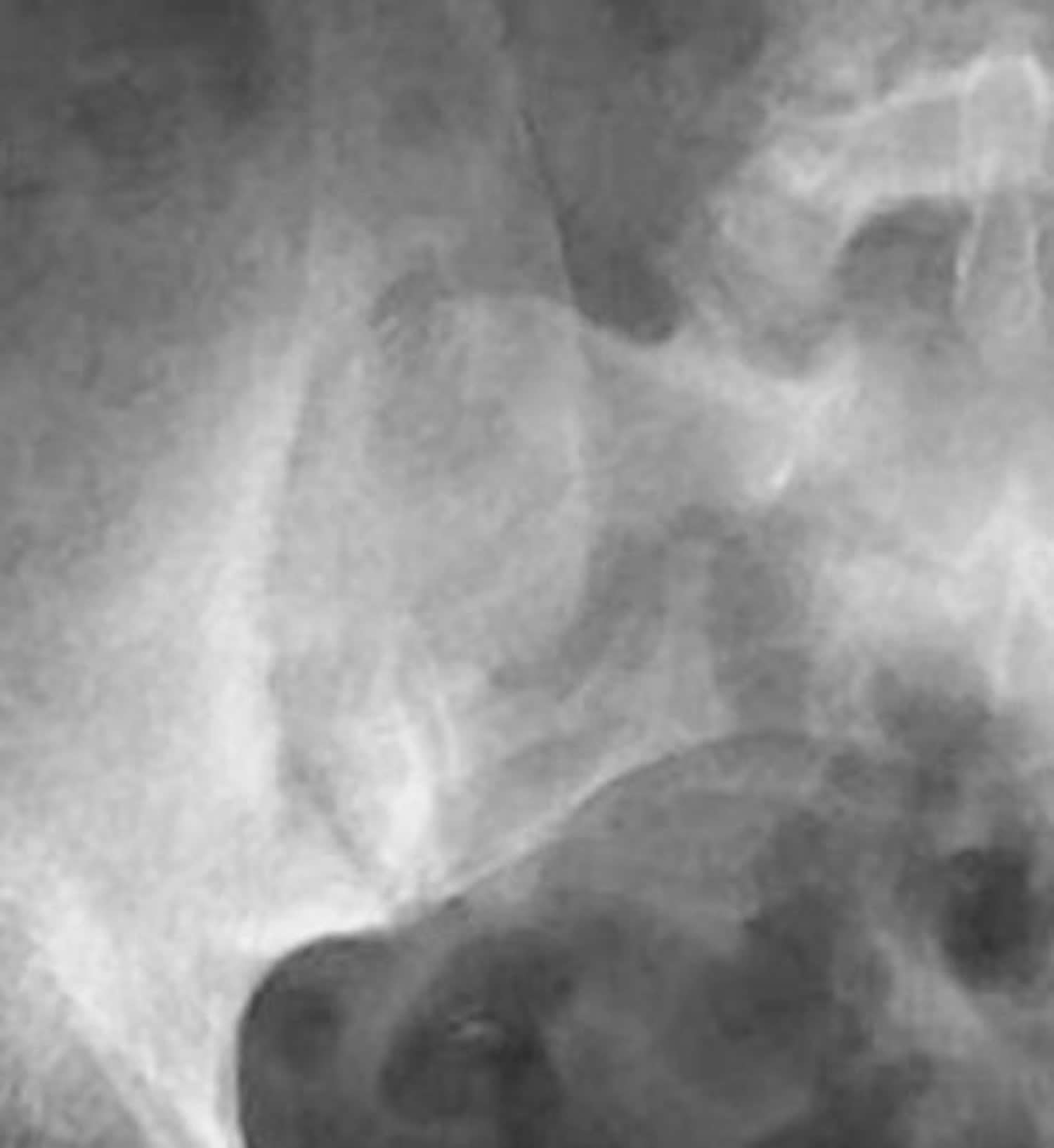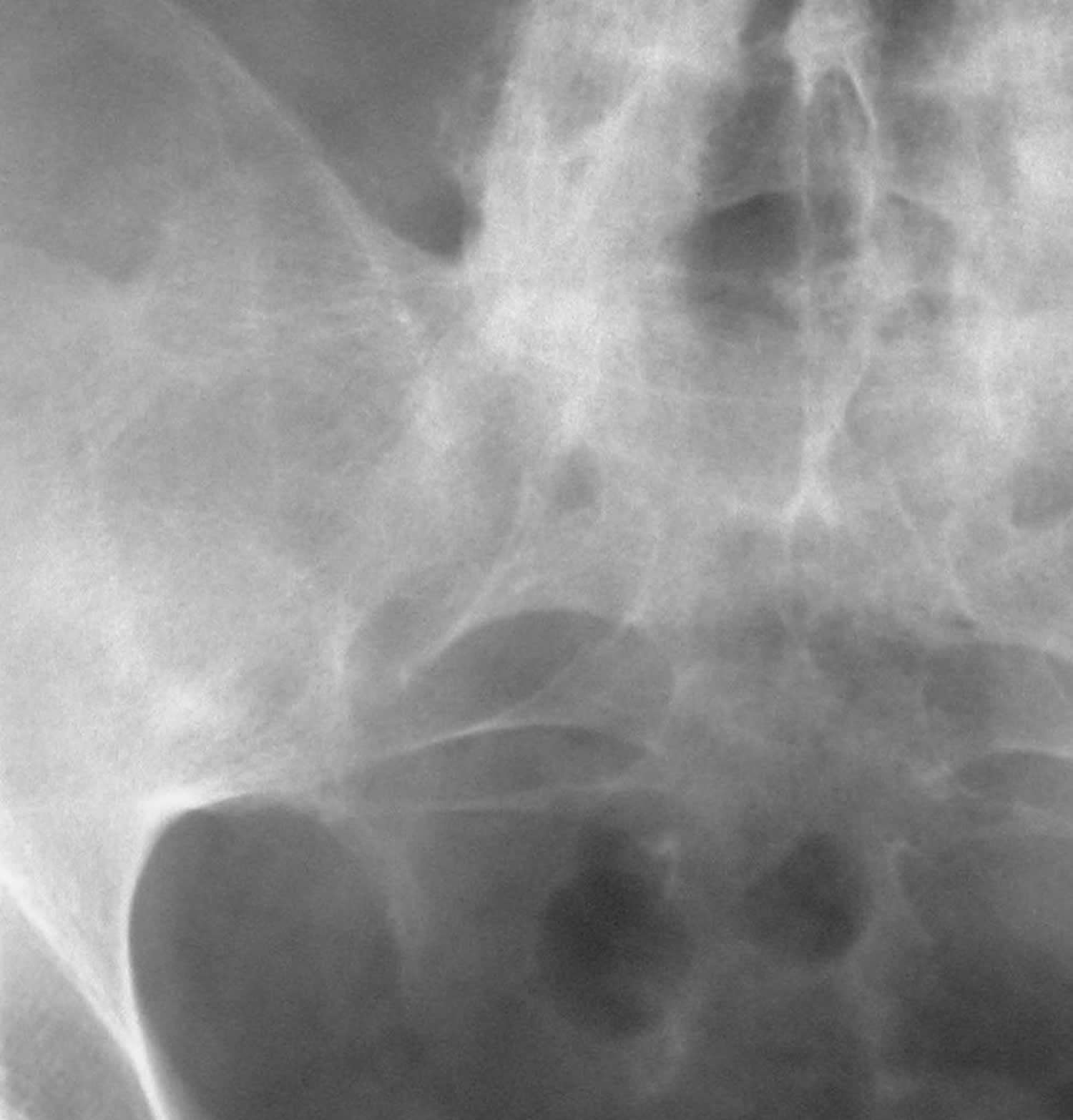Contents
What is sacroiliitis
Sacroiliitis is the inflammation of one or both of your sacroiliac joints. Sacroiliitis is characterized by lower back pain or pain in your buttocks that can extend down one or both legs, especially upon walking, fever, uveitis; psoriasis; and decreased range of motion. Prolonged standing or stair climbing can worsen the pain. Many factors are associated with and cause sacroiliitis including infection; injury to spine, lower back, and pelvis; degenerative arthritis; and pregnancy.
Sacroiliitis can be difficult to diagnose, because it can be mistaken for other causes of low back pain. Sacroiliitis has been linked to a group of diseases that cause inflammatory arthritis of the spine. Treatment might involve physical therapy and medications.
Sacroiliac joint
The sacroiliac joints link your pelvis and lower spine (Figure 1). They’re made up of the sacrum — the bony structure above your tailbone and below your lower vertebrae — and the top part (ilium) of your pelvis. There are sacroiliac joints in both the right and left sides of your lower back. Strong ligaments hold these joints in place. The sacroiliac joints support the weight of your upper body when you stand.
Figure 1. Sacroiliac joint
Figure 2. Sacroiliitis (active) in a 30 y.o male patient with chronic low back pain. HLA B27+
Bilateral sacroiliitis
Ankylosing spondylitis is a form of arthritis that primarily affects the spine, although other joints can become involved. It causes inflammation of the spinal joints (vertebrae) that can lead to severe, chronic pain and discomfort. For a full description of ankylosing spondylitis please read our full article here: Ankylosing spondylitis
Ankylosing spondylitis is a kind of arthritis that primarily affects the joints and ligaments of your spine (vertebrae) and sacroiliac joints. ‘Ankylosing’ means stiff and ‘spondylo’ means vertebra. In more advanced cases this inflammation can lead to ankylosis — new bone formation in the spine — causing sections of the spine to fuse in a fixed, immobile position. The hallmark feature of ankylosing spondylitis is the involvement of the sacroiliac joints during the progression of the disease. The sacroiliac joints are located at the base of the spine, where the spine joins the pelvis.
Ankylosing spondylitis can also affect other large joints – such as the shoulders, hips, ribs, heels, and small joints of the hands and feet and may also cause problems in your eyes (known as iritis or uveitis), skin, bowel, lungs and heart.
In more advanced cases this inflammation can lead to ankylosis — new bone formation in the spine — causing sections of the spine to fuse in a fixed, immobile position.
Ankylosing spondylitis can also cause inflammation, pain, and stiffness in other areas of the body such as the shoulders, hips, ribs, heels, and small joints of the hands and feet. Sometimes the eyes can become involved (known as iritis or uveitis), and — rarely — the lungs and heart can be affected.
The hallmark feature of ankylosing spondylitis is the involvement of the sacroiliac joints during the progression of the disease. The sacroiliac joints are located at the base of the spine, where the spine joins the pelvis.
Inflammation of the entheses, where joint capsules, ligaments, or tendons attach to bone, is a hallmark of ankylosing spondylitis. This can be felt in multiple areas of the body, where doctor can check for pain and tenderness. The sites are sometimes referred to as “hot spots.” They can lead to swelling and tenderness along the back, pelvic bones, sacroiliac joints, the chest, and the heel. The heel can be significantly affected, and the pain and tenderness can have a serious impact on a person’s mobility. The two areas of the foot that can be affected are the Achilles tendon, at the back of the heel and the plantar fascia, at the base of the heel.
Causes of ankylosing spondylitis
The causes of ankylosing spondylitis are not yet understood. However, doctors believe genetics may play a role, because ankylosing spondylitis tends to run in families. Also, most people with ankylosing spondylitis share the same gene (called HLA B27).
Ankylosing spondylitis symptoms
The symptoms of ankylosing spondylitis tend to come and go. The more common symptoms include:
- back pain or buttock pain, that may be worse in bed at night
- stiffness in the morning, or after long periods of rest
- other joint pain
- pain in tendons and ligaments, such as in the chest wall, soles of the feet, or heels
- problems with your heart, lungs, bowel, skin or eyes.
Many of these symptoms can be a sign of other conditions, so it’s best to seek medical advice to make a diagnosis.
Ankylosing spondylitis diagnosis
Your doctor will talk to you and examine you. You may also be asked to have an X-ray and blood tests and may be referred to a joint specialist (rheumatologist).
Ankylosing spondylitis treatment
The aim of treatment is to reduce pain and stiffness, and prevent or delay spinal deformity or other complications. If you have ankylosing spondylitis, your doctor may suggest that you try physiotherapy, including different types of exercise to strengthen your back, encourage movement in the spine and reduce pain.
You may also be prescribed anti-inflammatories or other types of medications to relieve inflammation, pain and stiffness. Surgery may be recommended to replace or remove joints or thickened bone. However, most people with ankylosing spondylitis don’t need surgery.
The course of your condition can change over time, and you might have painful episodes (relapses) and periods of less pain (remissions) throughout your life. But most people are able to live productive lives despite a diagnosis of ankylosing spondylitis.
You might want to join an online or in-person support group of people with this condition, to share experiences and support.
Medications
Nonsteroidal anti-inflammatory drugs (NSAIDs) — such as naproxen (Naprosyn) and indomethacin (Indocin) — are the medications doctors most commonly use to treat ankylosing spondylitis. They can relieve your inflammation, pain and stiffness. However, these medications might cause gastrointestinal bleeding.
If NSAIDs aren’t helpful, your doctor might suggest starting a biologic medication, such as a tumor necrosis factor (TNF) blocker or an interleukin 17 (IL-17) inhibitor. TNF blockers target a cell protein that causes inflammation in the body. IL-17 plays a role in your body’s defense against infection and also has a role in inflammation.
Tumor necrosis factor (TNF) blockers help reduce pain, stiffness, and tender or swollen joints. They are administered by injecting the medication under the skin or through an intravenous line.
The five TNF blockers approved by the Food & Drug Administration to treat ankylosing spondylitis are:
- Adalimumab (Humira)
- Certolizumab pegol (Cimzia)
- Etanercept (Enbrel)
- Golimumab (Simponi; Simponi Aria)
- Infliximab (Remicade)
Secukinumab (Cosentyx) is the first IL-17 inhibitor approved by the FDA for the treatment of ankylosing spondylitis.
TNF blockers and IL-17 inhibitors can reactivate latent tuberculosis and make you more prone to infection.
Sacroiliitis grading
Sacroiliitis grading can be achieved using plain radiographs according to the New York criteria 1.
- Grade 0: normal
- Grade I: some blurring of the joint margins – suspicious
- Grade II: minimal sclerosis with some erosion
- Grade III
- definite sclerosis on both sides of joint 5
- severe erosions with widening of joint space with or without ankylosis
- Grade IV: complete ankylosis
Figure 3. Sacroiliitis grade O (Normal sacroiliac joint)
Figure 3. Sacroiliitis grade 1
Figure 4. Sacroiliitis grade 2 – there is minimal sclerosis with some erosion in caudal portions of joints.
Figure 5. Sacroiliitis grade 3 seen most commonly in ankylosing spondylitis.
Figure 6. Sacroiliitis grade 4 seen most commonly in ankylosing spondylitis.
Sacroiliitis complications
As with other conditions that cause chronic pain, sacroiliitis can result in depression and insomnia.
Sacroiliitis causes
Sacroiliitis (inflammation of the sacroiliac joint) can be a manifestation of a wide range of disease processes. The pattern of involvement is helpful for narrowing down the differential diagnosis.
Causes for sacroiliac joint dysfunction can include:
- Traumatic injury. A sudden impact, such as a motor vehicle accident or a fall, can damage your sacroiliac joints.
- Arthritis. Wear-and-tear arthritis (osteoarthritis) can occur in sacroiliac joints, as can ankylosing spondylitis — a type of inflammatory arthritis that affects the spine.
- Pregnancy. The sacroiliac joints must loosen and stretch to accommodate childbirth. The added weight and altered gait during pregnancy can cause additional stress on these joints and can lead to abnormal wear.
- Infection. In rare cases, the sacroiliac joint can become infected.
Usually bilateral and symmetrical sacroiliitis
- Enteropathic arthritis
- Crohn disease
- Ulcerative colitis
- Ankylosing spondylitis
- Rheumatoid arthritis 2
- Hyperparathyroidism: not a true sacroiliitis but can mimic appearances
- Osteitis condensans iliitis
- Multicentric reticulohistiocytosis
- Whipple disease 3
Usually bilateral but asymmetrical sacroiliitis
- Gout
- Psoriatic arthritis
- Reactive arthritis (Reiter syndrome)
- Osteoarthritis
- Relapsing polychondritis
- Behcet disease
- Sacroiliitis circumscripta
Usually unilateral sacroiliitis
- Neoplastic destructive process
- Infective
- Pyogenic septic arthritis
- Tuberculous sacroiliitis
- Brucellosis 4
- Paraplegia
- SAPHO syndrome 5
- The SAPHO syndrome is an acronym that refers to a rare condition that is manifested by a combined occurrence of 6:
- S: synovitis
- A: acne
- P: pustulosis
- H: hyperostosis
- O: osteitis
- The SAPHO syndrome is an acronym that refers to a rare condition that is manifested by a combined occurrence of 6:
Sacroiliitis symptoms
The pain associated with sacroiliitis most commonly occurs in the buttocks and lower back. It can also affect the legs, groin and even the feet. Sacroiliitis pain can be aggravated by:
- Prolonged standing
- Bearing more weight on one leg than the other
- Stair climbing
- Running
- Taking large strides
Sacroiliitis diagnosis
During the physical exam, your doctor might try to pinpoint the cause of your pain by pressing on places on your hips and buttocks. He or she might move your legs into different positions to gently stress your sacroiliac joints.
Sacroiliitis test
Imaging tests
An X-ray of your pelvis can reveal signs of damage to the sacroiliac joint. If ankylosing spondylitis is suspected, your doctor might recommend an MRI — a test that uses radio waves and a strong magnetic field to produce very detailed cross-sectional images of both bone and soft tissues.
Anesthetic injections
Because low back pain can have many causes, your doctor might suggest using numbing injections (anesthetics) to help with the diagnosis. For example, if such an injection into your sacroiliac joint stops your pain, it’s likely that the problem is in your sacroiliac joint. However, the numbing medicine can leak into nearby structures, and that can reduce the reliability of this test.
Sacroiliitis treatment
Treatment depends on your signs and symptoms, as well as the cause of your sacroiliitis.
Medications
Depending on the cause of your pain, your doctor might recommend:
- Pain relievers. If over-the-counter pain medications don’t provide enough relief, your doctor may prescribe stronger versions of these drugs.
- Muscle relaxants. Medications such as cyclobenzaprine (Amrix, Fexmid) might help reduce the muscle spasms often associated with sacroiliitis.
- Tumor necrosis factor (TNF) inhibitors. Tumor necrosis factor (TNF) inhibitors — such as etanercept (Enbrel), adalimumab (Humira) and infliximab (Remicade) — often help relieve sacroiliitis that’s associated with ankylosing spondylitis.
Physical Therapy
Your doctor or physical therapist can help you learn range-of-motion and stretching exercises to maintain joint flexibility, and strengthening exercises to make your muscles more stable.
Surgical and other procedures
If other methods haven’t relieved your pain, you doctor might suggest:
- Joint injections. Corticosteroids can be injected into the joint to reduce inflammation and pain. You can get only a few joint injections a year because the steroids can weaken your joint’s bones and tendons.
- Radiofrequency denervation. Radiofrequency energy can damage or destroy the nerve tissue causing your pain.
- Electrical stimulation. Implanting an electrical stimulator into the sacrum might help reduce pain caused by sacroiliitis.
- Joint fusion. Although surgery is rarely used to treat sacroiliitis, fusing the two bones together with metal hardware can sometimes relieve sacroiliitis pain.
Home remedies
Home treatments for sacroiliitis pain include:
- Over-the-counter pain relievers. Drugs such as ibuprofen (Advil, Motrin IB, others) and acetaminophen (Tylenol, others) may help relieve pain associated with sacroiliitis. Some of these drugs can cause stomach upset, or kidney or liver problems; the Food and Drug Administration recently strengthened its warning about an increased risk of heart attack and stroke with use of nonsteroidal anti-inflamatory drugs, such as ibuprofen. Read labels and take only as directed.
- Rest. Modifying or avoiding the activities that worsen your pain might help reduce the inflammation in your sacroiliac joints. Proper posture is important.
- Ice and heat. Alternating ice and heat might help relieve sacroiliac pain
Sacroiliitis exercises
The following set of exercises are for ankylosing spondylitis patients. Since ankylosing spondylitis is one of the causes of sacroiliitis, using the same exercises can help with your sacroiliitis pain.
Physical therapy is an important part of treatment and can provide a number of benefits, from pain relief to improved strength and flexibility. A physical therapist can design specific exercises for your needs. Taking regular exercise – 150 minutes of exercise a week can greatly increase your health.
Range-of-motion and stretching exercises can help maintain flexibility in your joints and preserve good posture. Proper sleep and walking positions and abdominal and back exercises can help maintain your upright posture.
Mobility exercises
The mobility section consists of exercises that slowly move the different parts of the spine to the limit of their movement. This is the most important section for keeping the spine mobile. Physical therapist recommend that you do these exercises every day.
Flexibility exercises
These exercises stretch the large muscle groups such as the hamstrings and quadriceps that are anchored around the spine. It is important that these muscles do not shorten or the spine be pulled into wrong positions. We recommend that you do these exercises every day.
Breathing exercises
These exercises are designed to maximize the volume of the chest and lungs. We recommend that you do these every day.
- Geijer M, Gadeholt göthlin G, Göthlin JH. The validity of the New York radiological grading criteria in diagnosing sacroiliitis by computed tomography. Acta Radiol. 2009;50 (6): 664-73. doi:10.1080/02841850902914099 http://journals.sagepub.com/doi/pdf/10.1080/02841850902914099[↩]
- Anne C. Brower, Donald J. Flemming. Arthritis in Black and White. ISBN: 9781416055952[↩]
- Lange U, Teichmann J. Whipple arthritis: diagnosis by molecular analysis of synovial fluid–current status of diagnosis and therapy. Rheumatology (Oxford). 2003;42 (3): 473-80. doi:10.1093/rheumatology/keg148 https://www.ncbi.nlm.nih.gov/pubmed/12626799[↩]
- Pourbagher A, Pourbagher MA, Savas L et-al. Epidemiologic, clinical, and imaging findings in brucellosis patients with osteoarticular involvement. AJR Am J Roentgenol. 2006;187 (4): 873-80. doi:10.2214/AJR.05.1088 https://www.ncbi.nlm.nih.gov/pubmed/16985128[↩]
- Pourbagher A, Pourbagher MA, Savas L et-al. Epidemiologic, clinical, and imaging findings in brucellosis patients with osteoarticular involvement. AJR Am J Roentgenol. 2006;187 (4): 873-80. doi:10.2214/AJR.05.1088 https://www.ncbi.nlm.nih.gov/pubmed/16985128 https://www.ncbi.nlm.nih.gov/pubmed/7501856[↩]
- Laredo JD, Vuillemin-bodaghi V, Boutry N et-al. SAPHO syndrome: MR appearance of vertebral involvement. Radiology. 2007;242 (3): 825-31. doi:10.1148/radiol.2423051222 https://www.ncbi.nlm.nih.gov/pubmed/17244716[↩]

